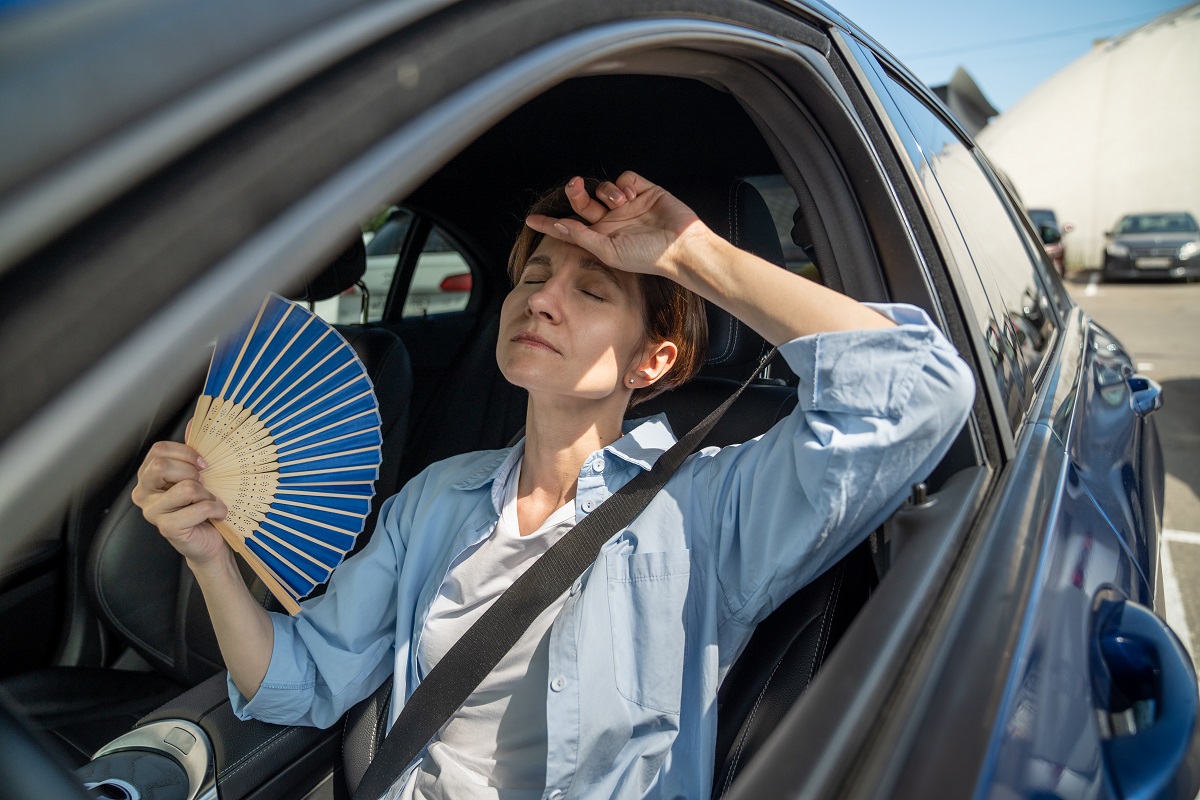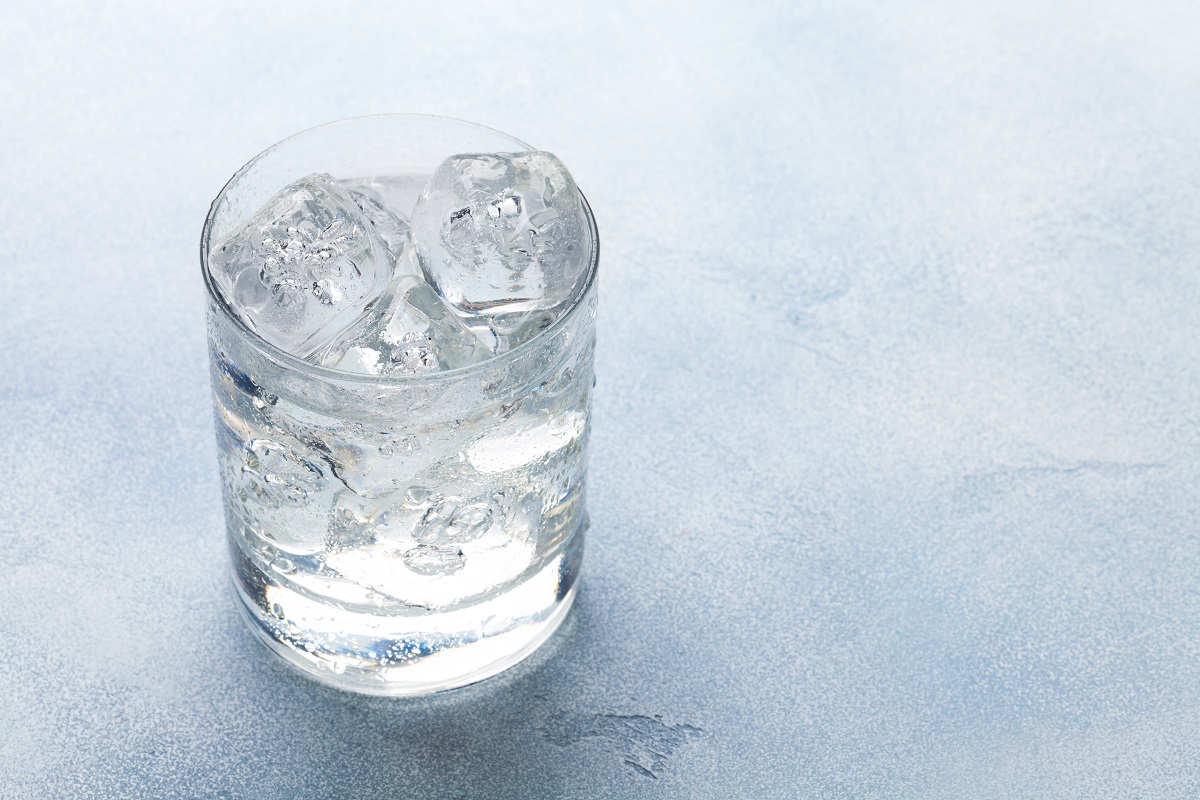A health condition caused by overheating of the body is called heatstroke. Commonly, it happens when you are exposed to high temperatures or physical activity in high temperatures for long periods. There are several stages of heat injury and this condition is the most serious.
Heatstroke usually happens when the body temperature reaches 104 F (40C) or higher. People usually experience this condition during the summer months. In any case, this health problem requires emergency care and if you ignore the symptoms and do not get treatment it may lead to damage to the heart, muscles, kidneys, and brain. The damage continues as long as you delay the treatment. It also elevates the risk of dangerous complications or even death.
Symptoms
People with heatstroke may notice the following symptoms. Examples include:
- Increased body temperature – The core body temperature can reach 104 F (40C) degrees or even higher.
- Behavior and mental state changes – These include confusion, agitation, irritability, slurred speech, delirium, seizures, and even coma.
- Sweating pattern changes – In normal circumstances, the skin feels hot and dry to the touch but in heatstroke, excessive sweating often occurs.
- Nausea
- Vomiting
- Flushed skin
- Fast breathing and heart rate
- Headaches
Immediately seek medical care if you think you have heatstroke. Additionally, it is advised to take action to cool the person with heatstroke while emergency assistance arrives. These include getting the person into the shade or indoors, removing excess clothing, cool the person with whatever (including a cool tub of water, sponge with cool water, and others.
Causes
In most cases, people experience this condition due to the following cases. For example:
- Hot environment – This is a type of heatstroke called classic (non-exertional) heatstroke. It occurs when you are exposed to a hot environment (such as hot and humid weather) for long periods which makes your body temperature rise. However, this heatstroke type usually happens in older people and those who suffer from chronic health conditions.
- Strenuous activity – This type is called exertional heatstroke and it often occurs when you are performing physical activity for long periods in hot weather. However, anyone can get this heatstroke type, especially if you are used to high temperatures.
Furthermore, it does not matter what heatstroke type you experience the following factors can contribute to this condition. Examples include:
- Not drinking enough water that may lead to dehydration
- Alcohol affects the ability of the body to regulate temperature
- If you are wearing heavy clothes, it prevents sweat from evaporating and cooling the body
Risk Factors
However, anyone can get this condition. Moreover, the following factors could elevate your risk of heatstroke. Examples include:
- Age – A person’s ability to overcome extreme heat depends on the central nervous system’s strength. For instance, in children, the nervous system is not completely developed, which makes them more likely to experience heatstroke compared to adults (over 65 years old) because the nervous system becomes less responsive. As a result, older adults are more prone to cope with body temperature changes.
- Exertion in hot weather – People who participate in sports (including football, long-distance running, and others) and military training in hot weather increase the risk of heatstroke.
- Sudden exposure to hot weather – If a person is suddenly exposed to hot temperatures it may increase the risk of heart disease. That’s why it is advised to wait at least a few days to acclimate to the sudden temperature changes.
- Lack of air conditioning – If you do not have access to air conditioning, fans can help you feel better.
- Medications – There are some medicines that interact with the body’s ability to respond to heat and stay hydrated. These include vasoconstrictors, beta-blockers, diuretics, and antidepressants or antipsychotics. An increased risk of heatstroke also can be caused by attention-deficit/hyperactivity disorder (ADHD) and illegal drugs (including amphetamines and cocaine).
- Certain diseases – People with chronic health conditions (including heart or lung disease) may have an increased risk of getting heatstroke. Moreover, obesity and a history of heatstroke also put you at elevated risk of developing this condition.
What Are The Potential Complications of Heatstroke?
Not treating this condition may lead to certain complications. Check below some of them:
- Organ damage – Damage to some essential organs can happen if you do not receive treatment for heatstroke. These include the brain, heart, lungs, kidneys, and others.
- Death – People who do not treat heatstroke have an increased risk of death.
How to Prevent Heatstroke?
The following tips can help you prevent or avoid heatstroke. For example:
- Wear loose-fitting and lightweight clothes because heavy ones may not allow the body to cool properly. Therefore, clothes made from the following materials are cooling. For example linen, silk, cotton, or hemp.
- Get protected against sunburn – It is advised to protect yourself with sunglasses and sunscreen with an SPF of at least 15 when outdoors because sunburns interact with the body’s ability to cool itself.
- Stay hydrated – Drink plenty of fluids to prevent dehydration, especially during the summer months.
- Be cautious with certain medicines – Some medicines may affect the body’s ability to stay hydrated and respond to heat. Discuss with your healthcare professional before taking any medicines.
- Do not leave anyone in a parked car – A common cause of death due to heatstroke in children is when parents leave them in a car that is parked in the sun, especially in the summer. For instance, the temperature in the car can rise to 20 F (11 C) degrees in 10 minutes.
- Take it easy in the hottest parts of the day – It means you should drink plenty of water and rest frequently in a cool spot.
- Get acclimated – It is advised to wait at least a few days to acclimate if you are going to places where the weather is hot.
Diagnosis
Physicians usually diagnose heatstroke without any tests but sometimes laboratory tests are required to confirm the condition. The following tests also help to exclude other health conditions that provoke similar symptoms. For example:
- Blood and urine tests – These tests help doctors determine sodium and potassium levels in the body and damage to the nervous system. Urine tests also can show kidney function that may be negatively affected by heatstroke.
- Rectal temperature – This is the most accurate way to check body temperature compared to mouth or forehead temperatures.
- Muscle damage tests – Sometimes, doctors may check for muscle damage (also known as rhabdomyolysis).
- Imaging tests – Physicians may perform imaging tests to check for damage to internal organs.
Treatment
The treatment goal is to cool the body to a normal temperature to prevent future damage to the brain and other essential organs. Check below some methods to reduce body temperature usually recommended by doctors:
- Cold water – You can cool the body by having a cold bath or ice water, which is considered one of the most effective ways to reduce body temperature. It also helps to lessen damage to vital organs and lower the risk of death.
- Evaporation cooling techniques – In case a previous treatment option is not available, doctors may recommend reducing body temperature by using the evaporation method.
- Ice packages and cooling blankets – This is another way to reduce body temperature. Wrapping in a cooling blanket and applying ice packs to the neck, back, armpits, and groin area usually helps to reduce temperature.
- Medicines – Physicians may prescribe some medicines (such as Benzodiazepine) to stop shivering.
Frequently Asked Questions
What are the stages of heat stress?
These include heat cramps, heat exhaustion, and heatstroke. However, all heat stress stages are quite serious and require medical care.
What are the primary symptoms of heatstroke?
- Nausea
- Confusion
- Headache
- Passing out (loss of consciousness)
- Dizziness
- Fast heartbeat
- Hot, red, or dry skin
- High temperature of the body 104 F 40 C or higher
If you experience any of the previous symptoms, you should visit a doctor right away.
What are the possible complications of heatstroke?
People who do not get treatment for this condition may experience the following complications. Examples include:
- Rhabdomyolysis (muscle breakdown)
- Hypovolemic shock (decreased blood flow and oxygen to different body organs)
- Coma (disruption to the brain activity)
Ask your healthcare provider if you have any other questions.




